Acura Races To Victory In The 2023 Rolex 24 At Daytona
For the second year in a row, Meyer Shank Racing takes the crown after 24 hours of racing!

Traditionally, the endurance racing season kicks off with one of the most legendary races in history, the Daytona 24 Hours, or rather the Rolex 24 at Daytona. This year’s edition also ushered in the era of the Le Mans Daytona hybrid class or LMDh for short. A new top-tier category of cars that welcomes iconic names like Ferrari and Porsche, along with other entries from global manufacturers such as Acura, BMW, Cadillac and more to come later in the year. For the Rolex 24 at Daytona, this class is renamed to GTP or Grand Touring Prototypes, but it are the same type of cars that will be running Le Mans later this year, along with the Le Mans Hypercar class. A total of 61 cars across 4 different types of cars battled it out over the course of 24 hours with once again some incredibly close battles.
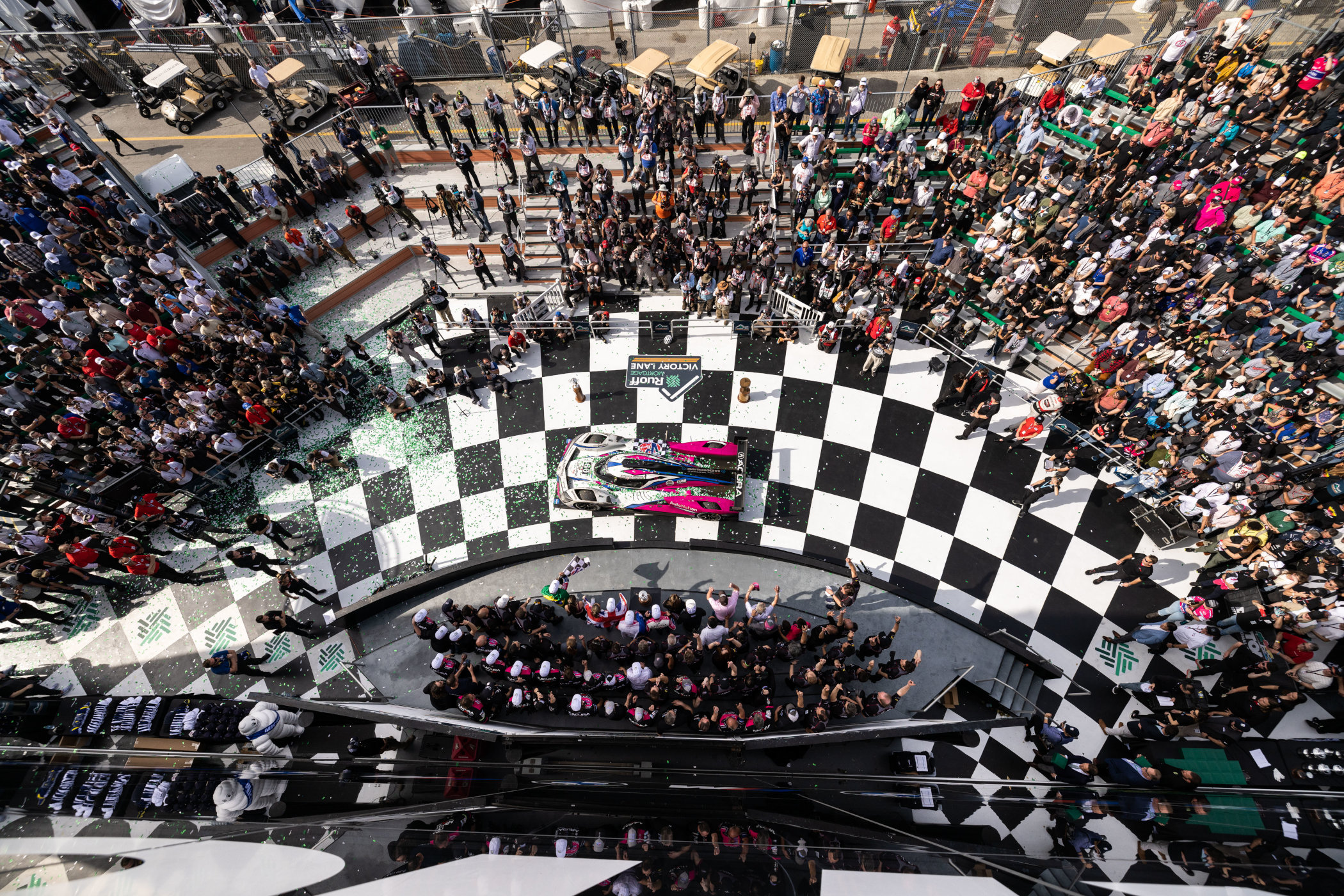
The big change in endurance racing this year is the new generation of cars under the new LMH and LMDh regulations. Basically, it replaces the LMP1 category that ran for many years as the top-tier class in closed-wheel circuit racing. The new rules allow for a mix of dedicated prototypes and road-based hypercars to compete at the highest level of endurance racing, with 2021 and 2022 basically being transitional years from LMP1 to these new classes. Both types of vehicles will be competing on a similar level, as power output, aerodynamic performance, weight and other metrics are carefully regulated between the two.
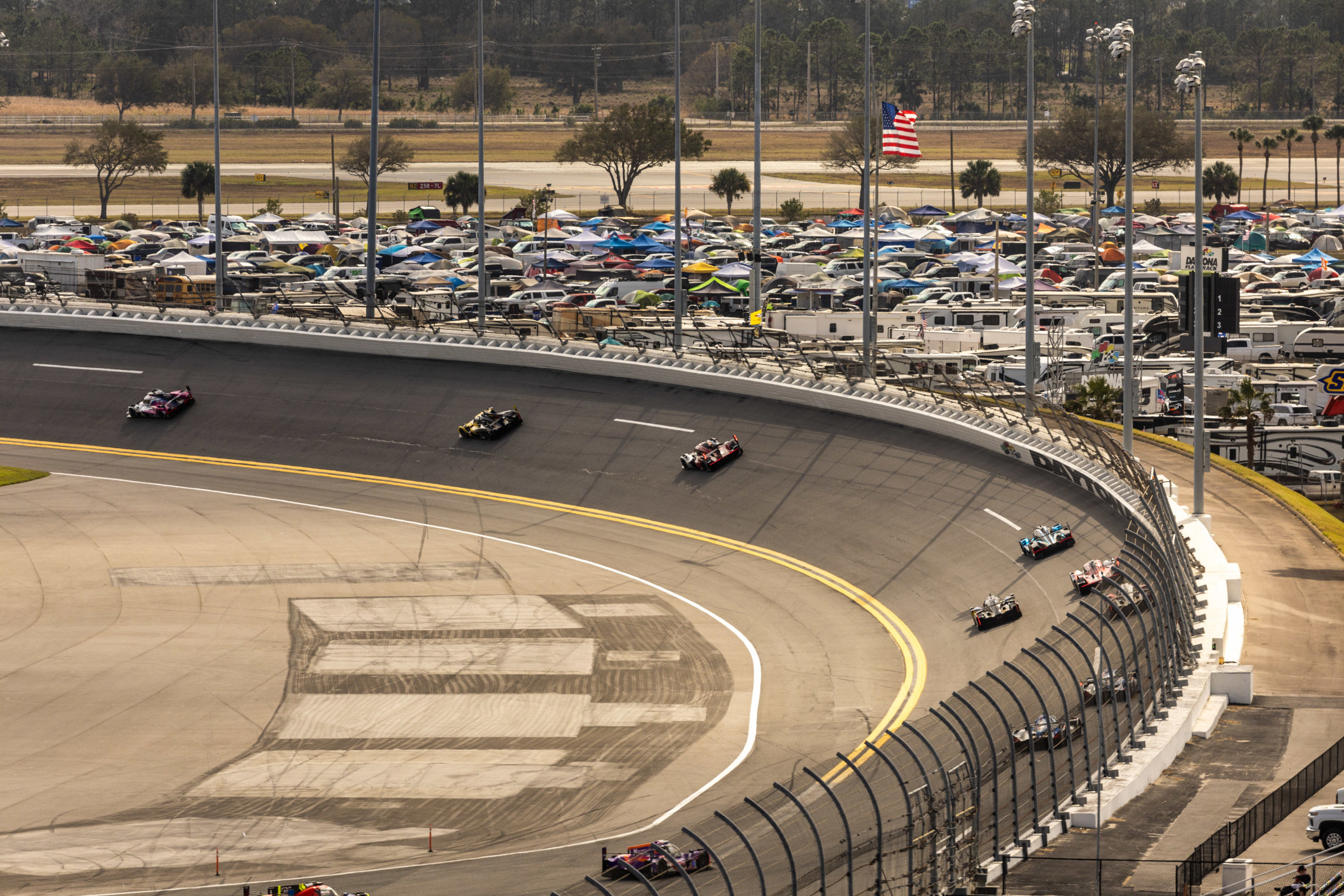
GTP class
Last year the top-tier class in the IMSA SportsCar Championship, basically the US version of the World Endurance Championship, was called the DPI class. But, with a new type of car comes a new name, so the fastest cars now run under the Grand Touring Prototype moniker. The 9 entries in the GTP class are by Porsche, Cadillac, Acura and BMW (Ferrari will debut their new top-tier racing prototype/hypercar at a later event). It also marked the return of Porsche to the highest level of endurance racing, which is always a huge deal for the brand.
Acura was on a mission to defend last year’s title and actually was the fastest in qualifying, with its new ARX-06. The team were marginally ahead of Porsche, who entered the all-new 963, and Wayne Taylor Racing in another Acura ARX-06. Cadillac only just missed out on a front-row start, coming in 4th, 5th and 6th. Behind that was the pair of BMW M V8 Hybrids. Even though qualifying is not that important in a 24-hour race, as it is all about longevity, being able to break the pack and run in clear air always helps as it can keep you out of drama, essentially.
And there was plenty of said drama, as a Cadillac stopping for a spinning car up ahead was rear-ended by an LMP3 car, Porsche suffered from gearbox and energy management issues, Wayne Taylor Racing’s Acura had oil fill tube problems and BMW M Team RLL had to sideline one of the cars for three hours due to a failure of the hybrid system. Despite this, all teams soldiered on, with Acura, Porsche and Cadillac battling it out for the win on numerous occasions.
A late full-course yellow bunched up the field again in the closing stages of the race. In contention were the Acura ARX-06s from Meyer Shank Racing and Wayne Taylor Racing, and both Cadillacs. One of the Porsches was out with a broken gearbox, with the other losing 34 laps over the race winner in the end. BMW also had a tough time with one car finishing 15 laps down, and one car being classified 48th with 131 laps down. Despite this, the four leading cars battled it out to the chequered flag and finished within 11 seconds of each other. Meyer Shank Racing managed to come out on top with just 4 seconds over the second-place finisher, which means the team managed to repeat last year’s victory. The winning Acrua ARX-06 was piloted by Tom Blomqvist, Helio Castroneves, Colin Braun and Simon Pagenaud. The entire race proved a tough proving ground for the new cars, but it’s shaping up to be a monumental season if teams can run this close after 24 hours!
LMP2 class
The battle in the LMP2 class is perhaps even closer, with the entire field of 10 cars being similar Gibson-Oreca LMP2 07 cars. The LMP2 category is basically somewhat of a Formula class as all chassis and engines are the same. The chassis can come from Dallara, Ligier (Onroak Automotive, Riley Tech/Multimatic or Oreca, while Gibson is the sole engine supplier. Each car has a minimum weight of 950 kilos and runs a 4.2 litre naturally aspirated V8 with a power cap of 540 horsepower. That makes it possible for teams with a lower budget to also fight for the win, as it is no longer purely about money but also about endurance and sheer luck.
The result is an endurance race that can be exciting from start to finish, and exciting is an understatement of how this year’s LMP2 race in the Rolex 24 at Daytona unfolded itself. It was Ben Keating in the PR1/Mathiassen Motorsport who put his car on the LMP2 pole, with two TDS Racing cars close behind, and AF Corse coming in fourth (12th overall in qualifying). The race, however, was exciting from start to finish, with the two main rivals battling it out into the very last corner of the very last lap! James Allen, driving for Proton Competition, took over the lead in the final lap over Ben Hanley driving for Crowdstrike Racing by APR. In the end, after 761 laps around the Daytona circuit, the difference at the finish line was astonishingly just 0,016 seconds!
LMP3 class
Just like LMP2 is essentially a scaled-down, one-make-only (more or less) version of the top-tier class in endurance racing, the LMP3 category is another step down in speed and performance. Don’t mistake LMP3 cars for being slow and easy to drive through, as they are only a couple of seconds per lap off the pace of LMP2 cars. And just as in LMP2, an LMP3 car must come from one of the pre-designated manufacturers. The engine is a 5.7 litre naturally aspirated V8 by Nissan, with a maximum output of 455 horsepower.
Qualifying was tense for the LMP3 class, as six drivers managed to come well within one second of each other. The team of Sean Creech Motorsport managed to put in the fastest lap time, closely followed by Andretti Autosport and Performance Tech Motorsports rounding out the top three. Come race day, one of the favourites for the victory, the Riley team, suffered an engine failure and was out of the race after only 89 laps. The #33 car by Sean Creech Motorsports inherited the lead and battled it out with the #17 car by AWA from then on. Early in the morning though, Nico Pino would run into gearbox issues in his #33 car, which granted the lead, and ultimately the win to AWA. It was Canadian-born racing driver Anthony Matella who piloted his car across the finish line, 12 laps ahead of second place.
GTD class
The GTD category, known as the GT class in the WEC, is closest to what you and I could buy and run on the road. In theory at least, as each car is a properly built race car, as you can imagine. Porsche, a long-standing participant in GT racing, introduced the latest generation of the 911 GT3-spec racing car. Ferrari also joined the mix with its new 296 GT3. Other competitors entered with cars from Mercedes, Lamborghini, BMW, Aston Martin, Chevrolet, Acura, Lexus and McLaren. The GTD class is split into a GTD Pro and GTD subcategory, with the GTD Pro class being reserved for factory-backed racing teams only. A carefully orchestrated Balance of Performance program keeps both GTD Pro and GTD competitive in terms of lap times.
With three GTD-class Mercedes AMG GT3s clocking in the top three grid positions for the race, it goes to show that it’s not necessarily down to factory teams battling it out with one another. The privateer teams, for lack of a better term, are just as capable of fighting for a win! Despite the Mercedes’ entries looking strong, it was actually the Aston Martin Vantage AMR GT3 by Heart of Racing Team who took the early lead in GTD Pro, with the Racer’s Edge Motorsports Acura NSX GT3 Evo22. It’s always a huge challenge for lower-class drivers to race as hard as they can (or want) and keep out of trouble with faster cars during the entire race. The speed differences, especially at night can cause serious issues and lead to race-ending crashes for either one involved.
During the entire 24-hour race, there have been a few run-ins between GTD Pro / GTD cars and the GTP or LMP cars, with several teams taken out of contention sadly. The lead changed numerous times as pretty much all cars are capable of lapping around the same times. And as we’ve seen in some of the other classes as well, front runners were bunched up towards the end of the race due to a late full-course yellow. As a result, only 4 seconds separate the winning GTD Pro car, the Mercedes AMG GT3 by WeatherTech Racing, with second place finisher Corvette Racing in the Chevrolet Corvette C8.R GTD. In the GTD class, it was Heart of Racing Team’s Aston Martin Vantage AMR GT3 that came in first, just 5.3 seconds ahead of another Aston Martin Vantage AMR GT3, run by Magnus racing.
Overall, it proved to be another sensational chapter in the long history of the famous 24-hour race at Daytona. It also forbodes that this season of endurance racing is going to be extremely interesting, especially in the new LMH/LMDh class! Porsche struggled, Ferrari hasn’t entered a race yet, BMW had issues, Acura was fast, Cadillac was competitive, and then there are a few more entries coming later in the year as well! I’m already looking forward to it!
For more information, please visit Rolex.com, IMSA.com or DaytonaInternationalSpeedway.com
Editorial Note: The images portrayed in the article are provided by Rolex.

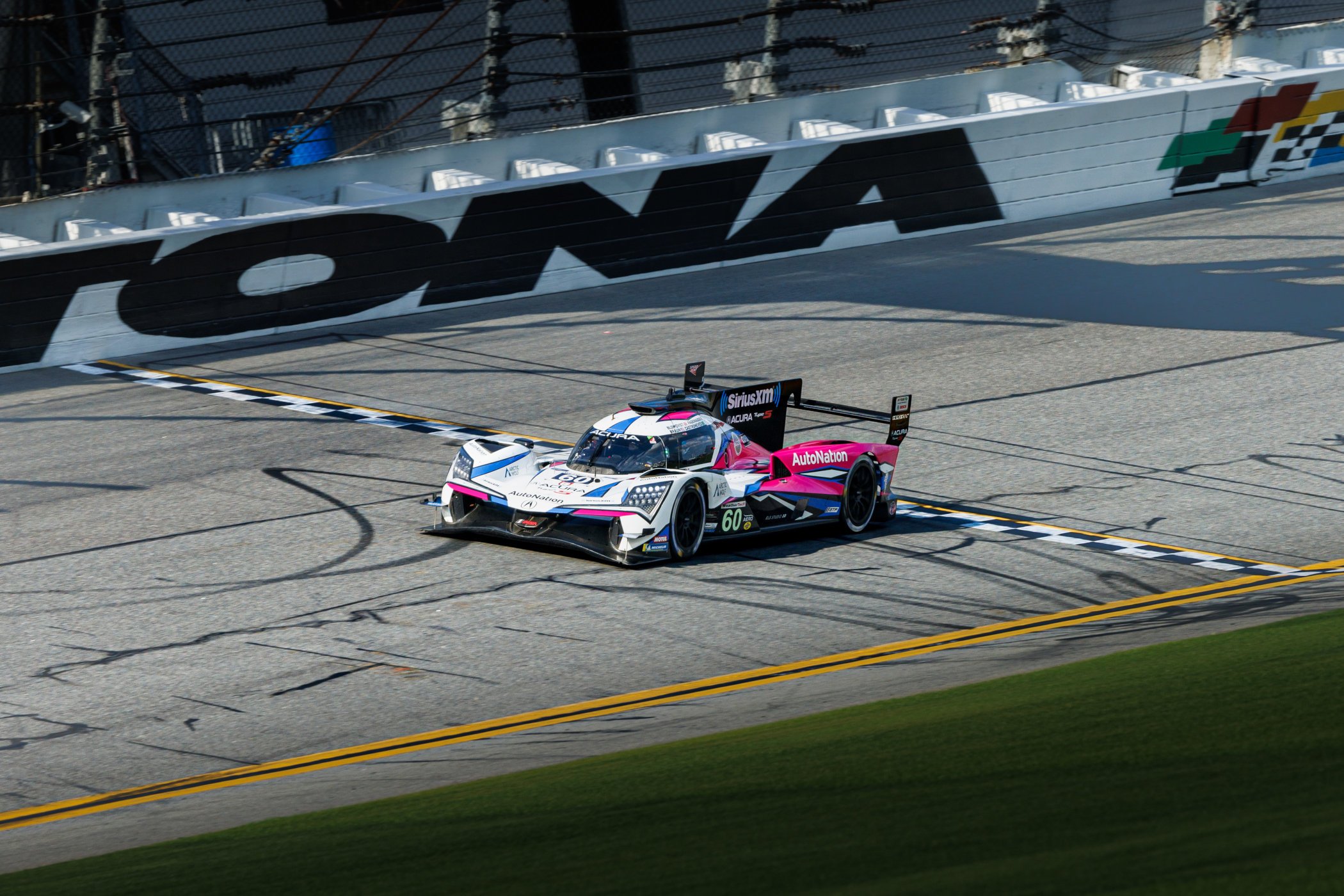
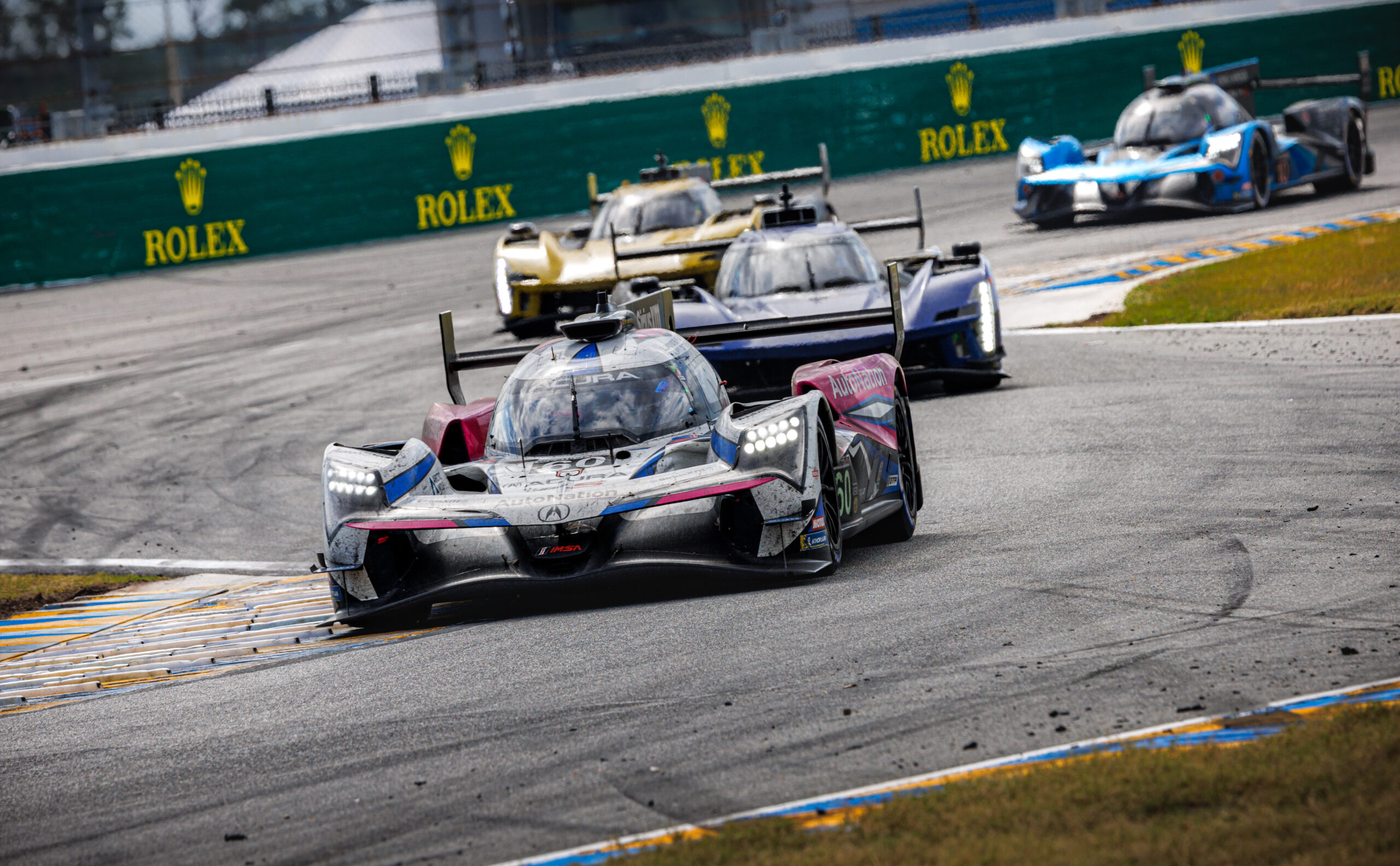
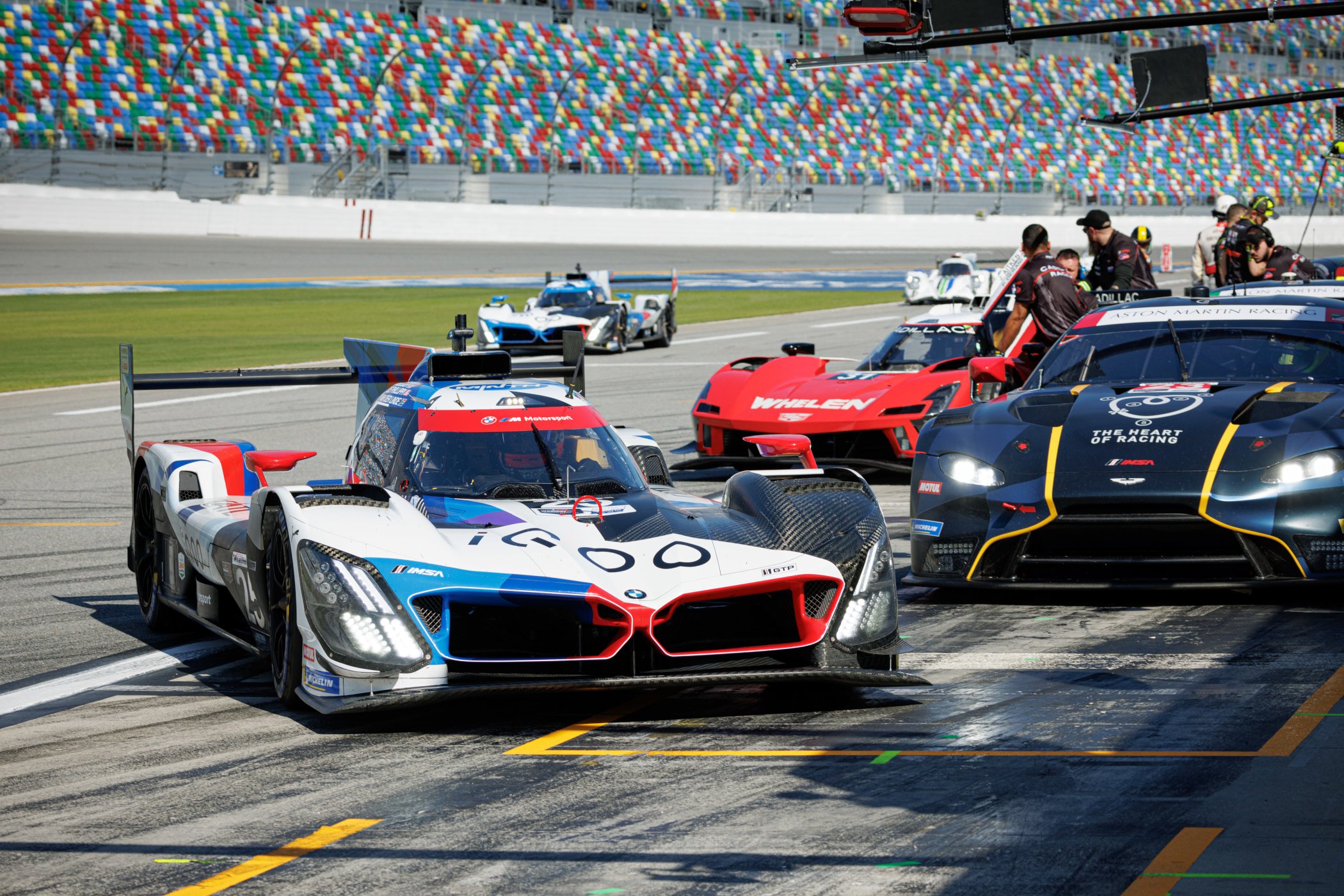


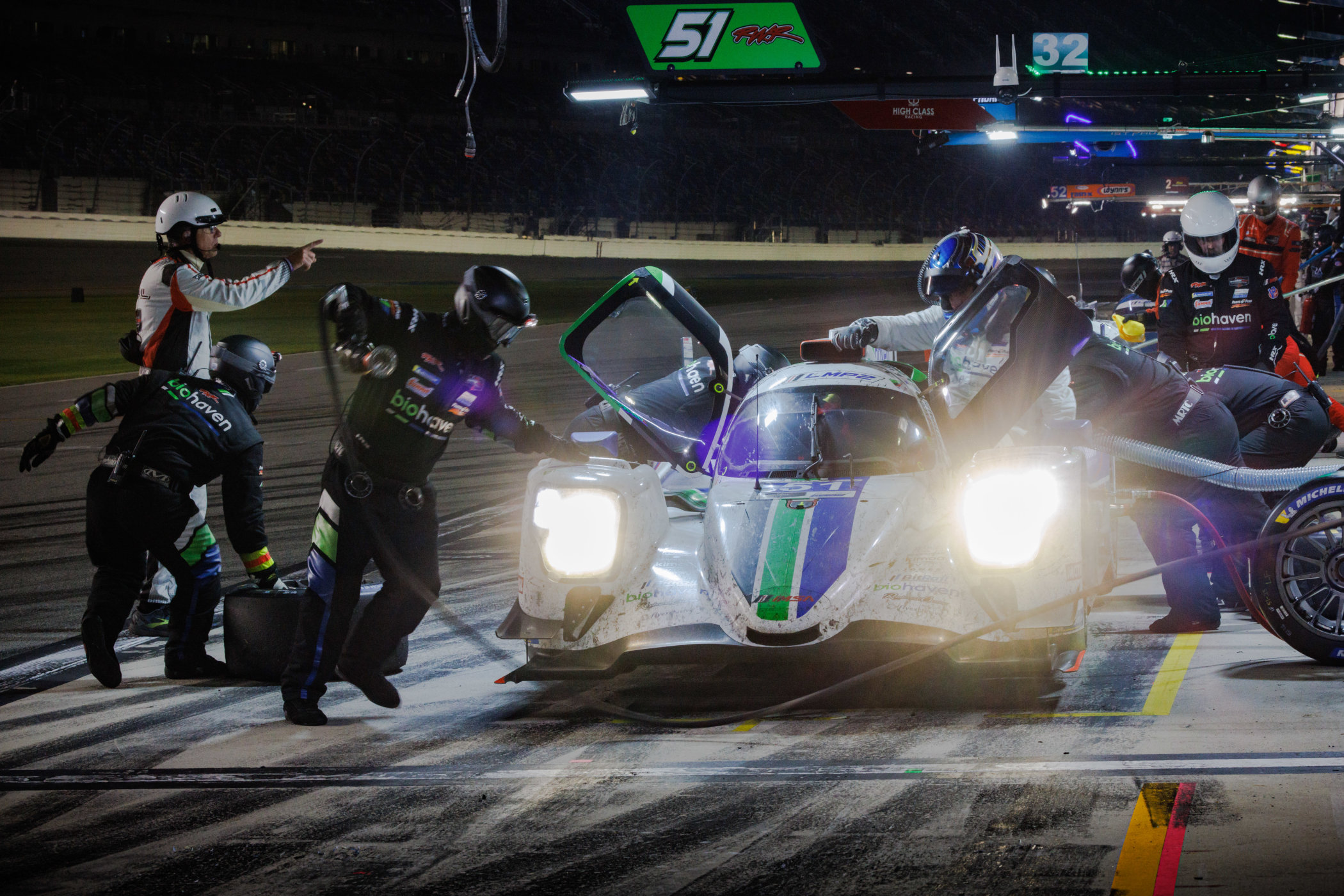

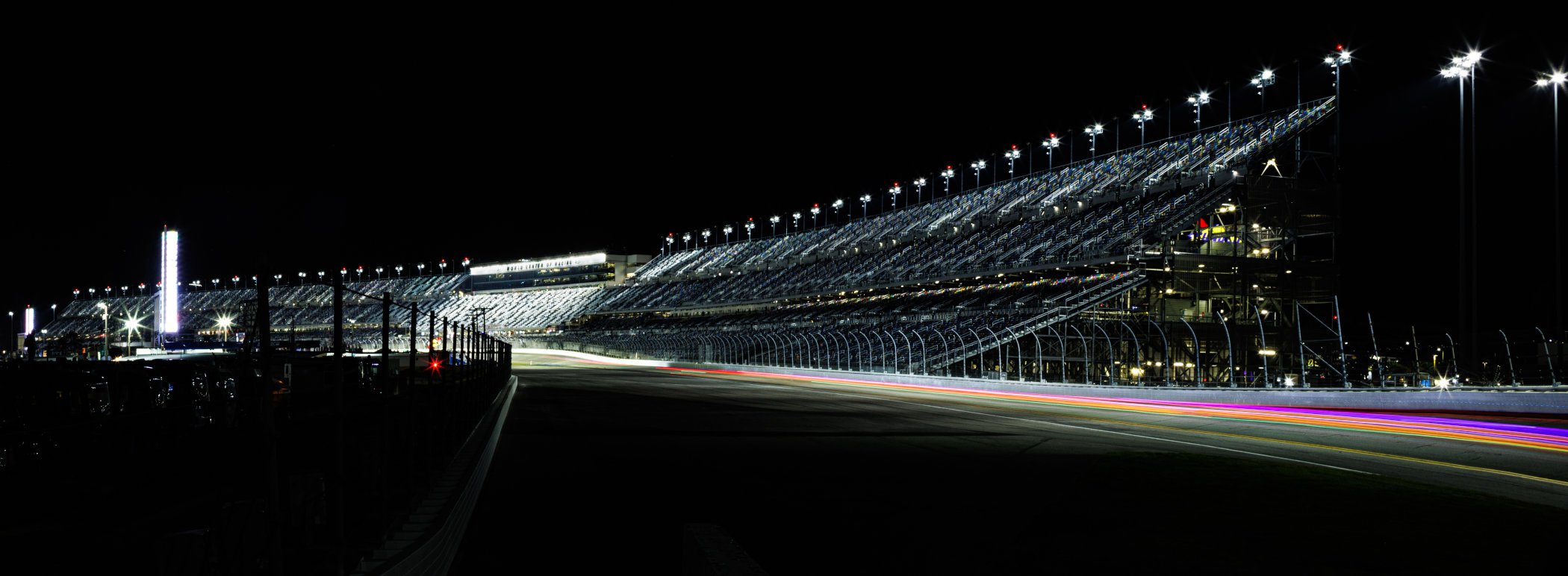
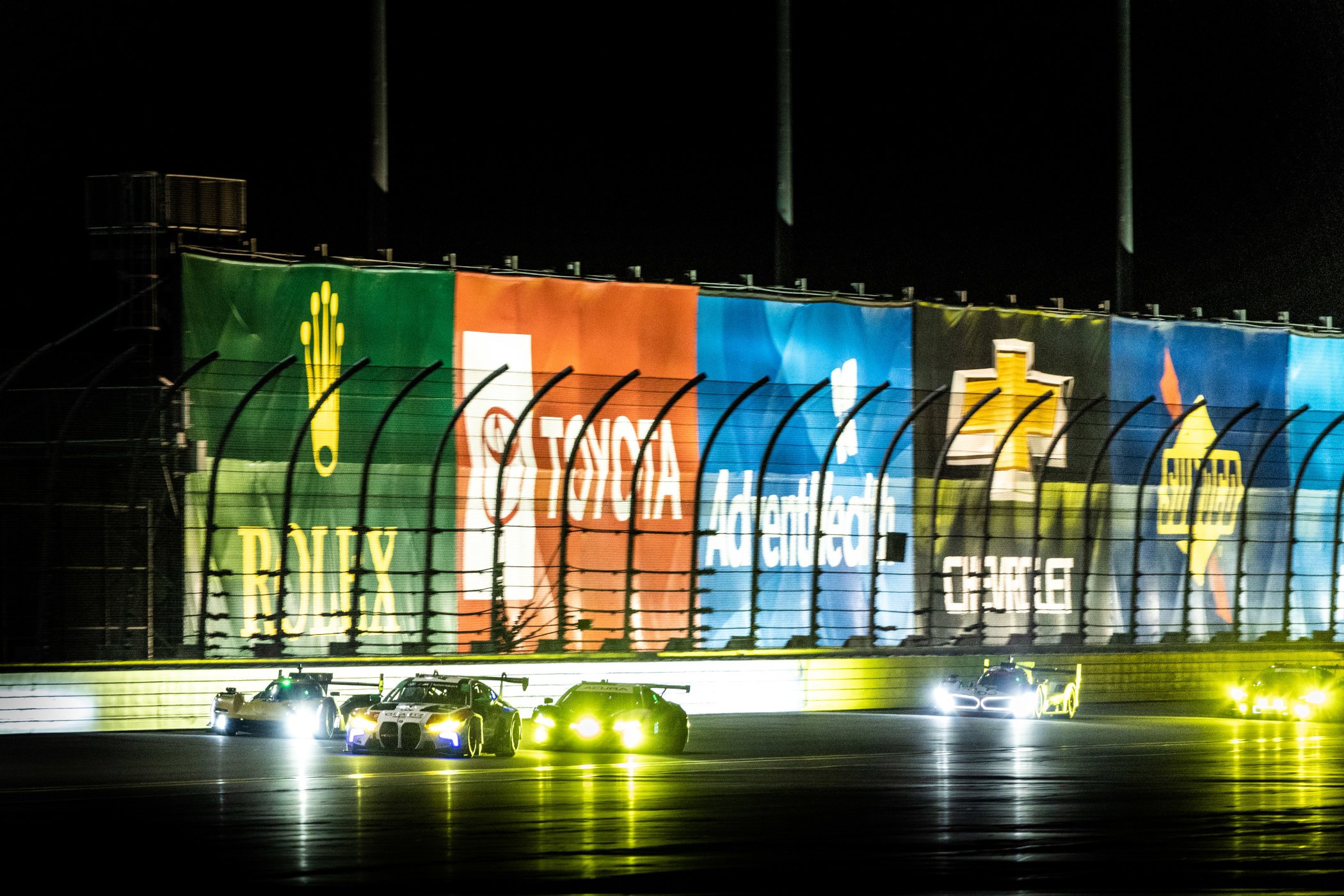
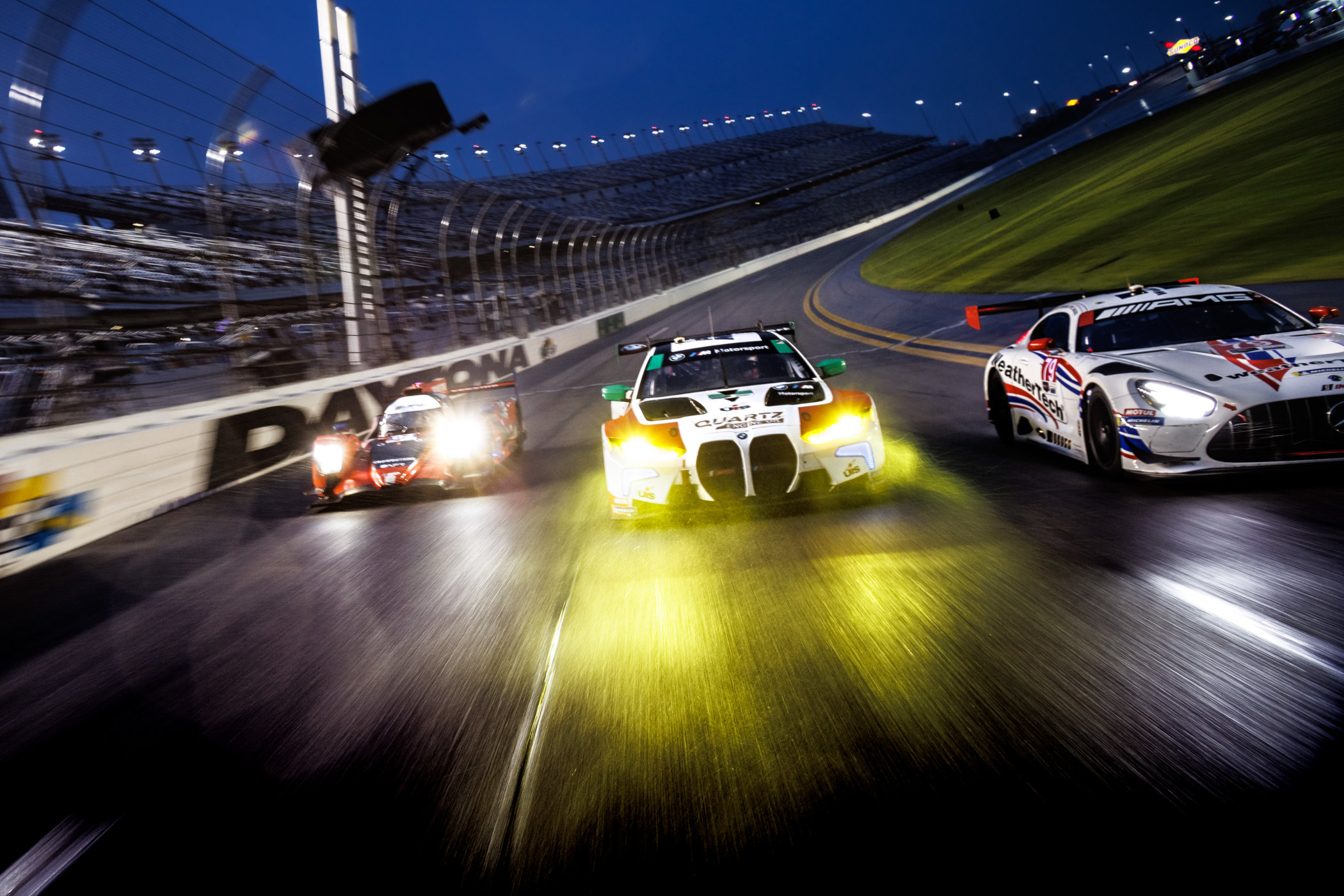
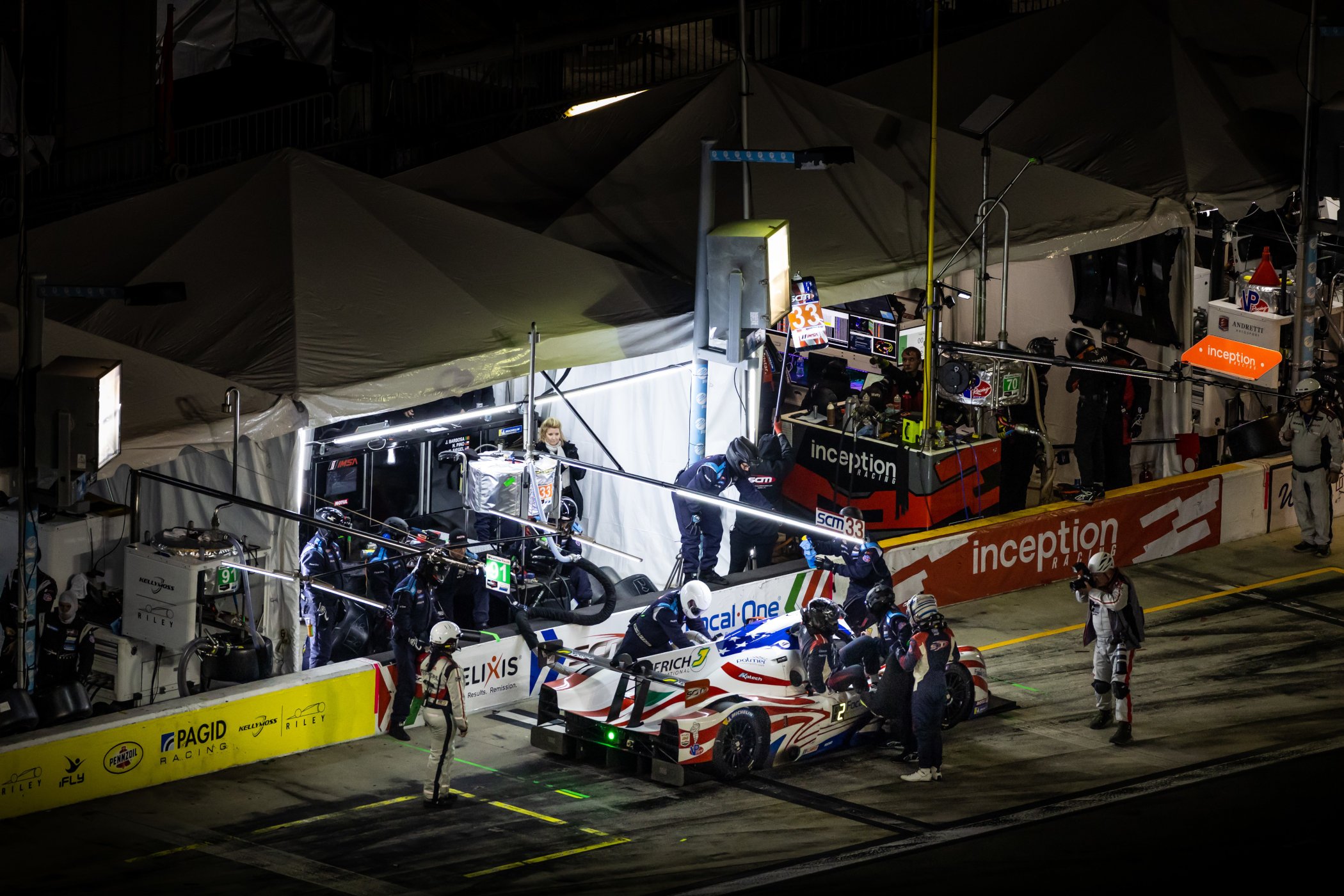
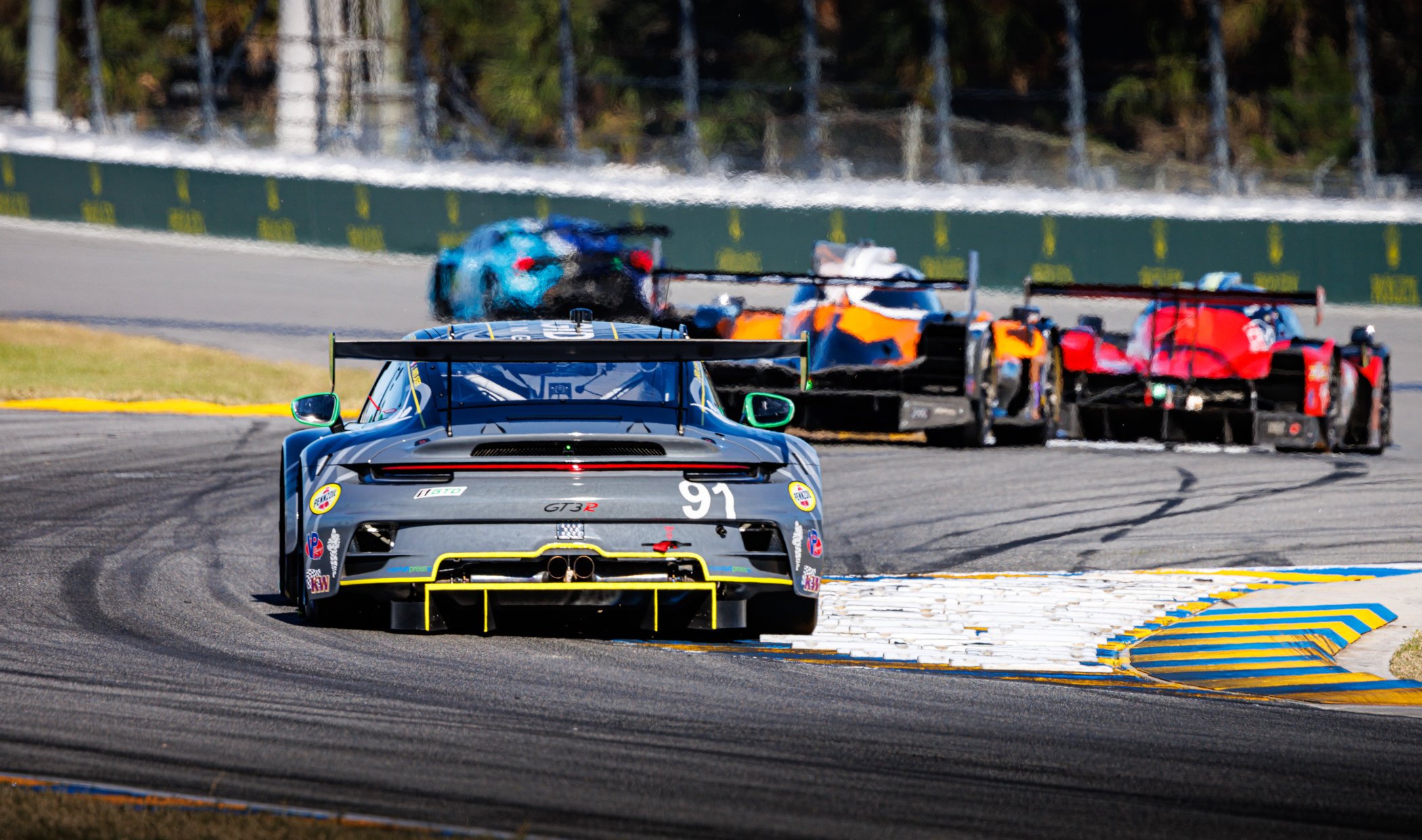
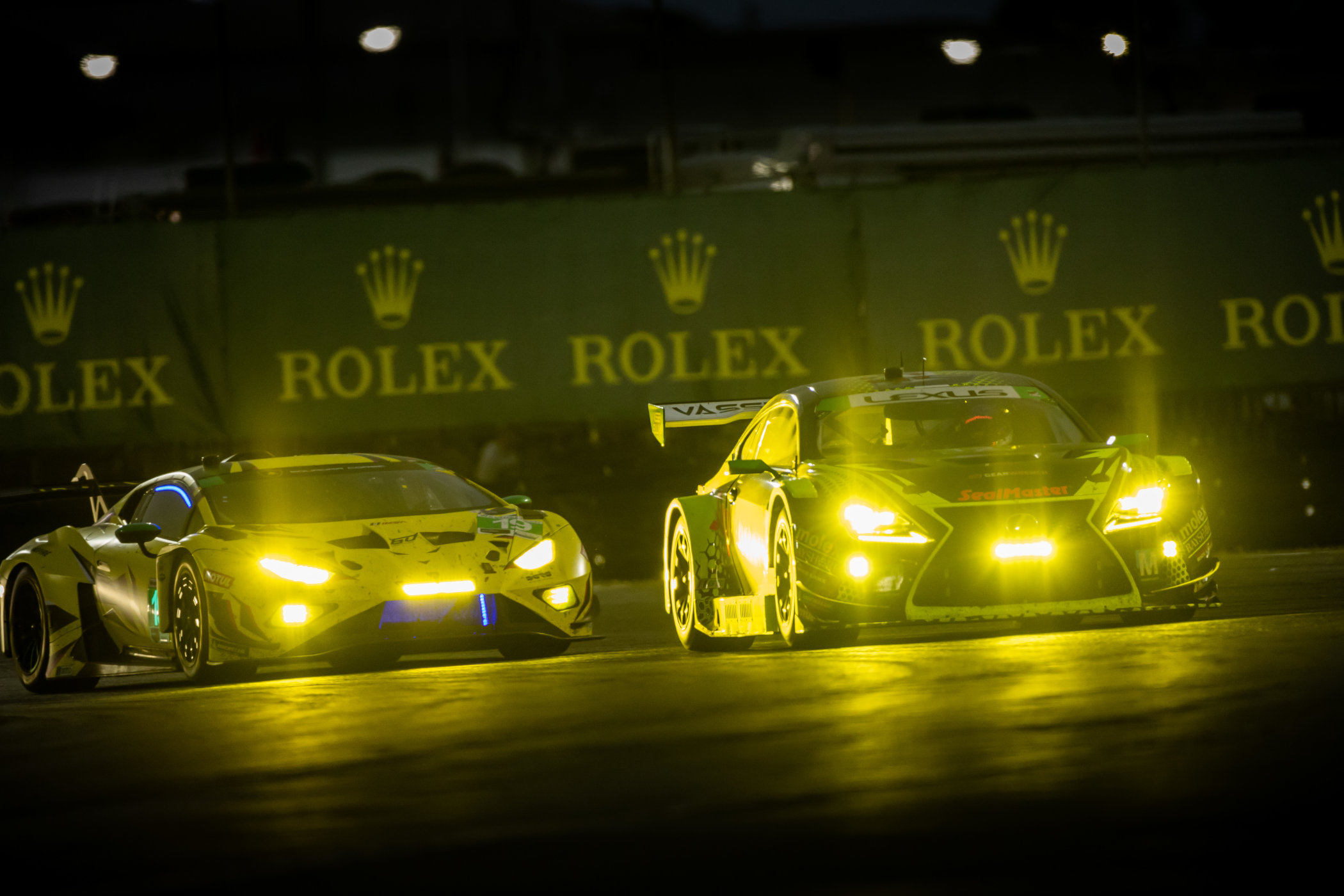
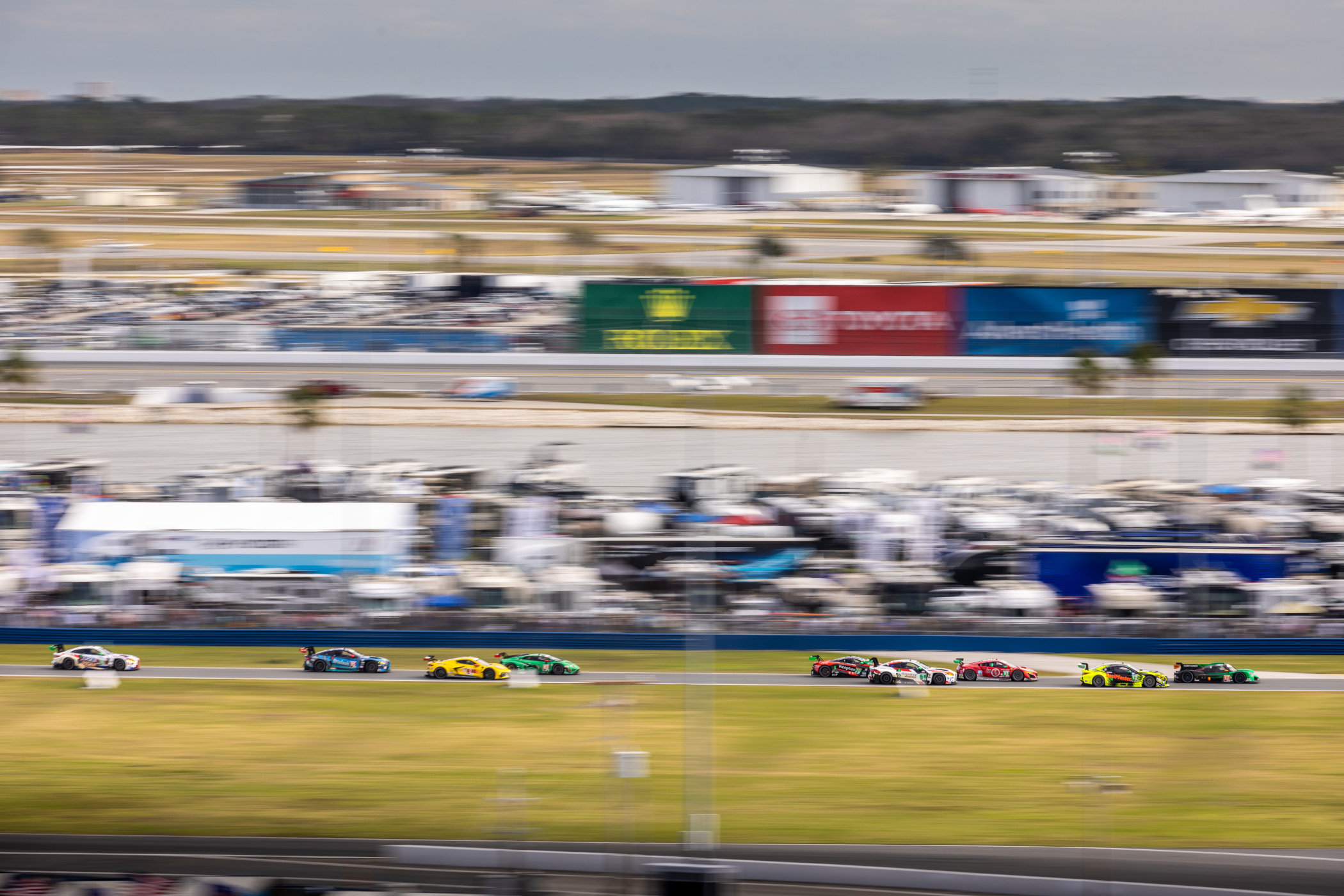
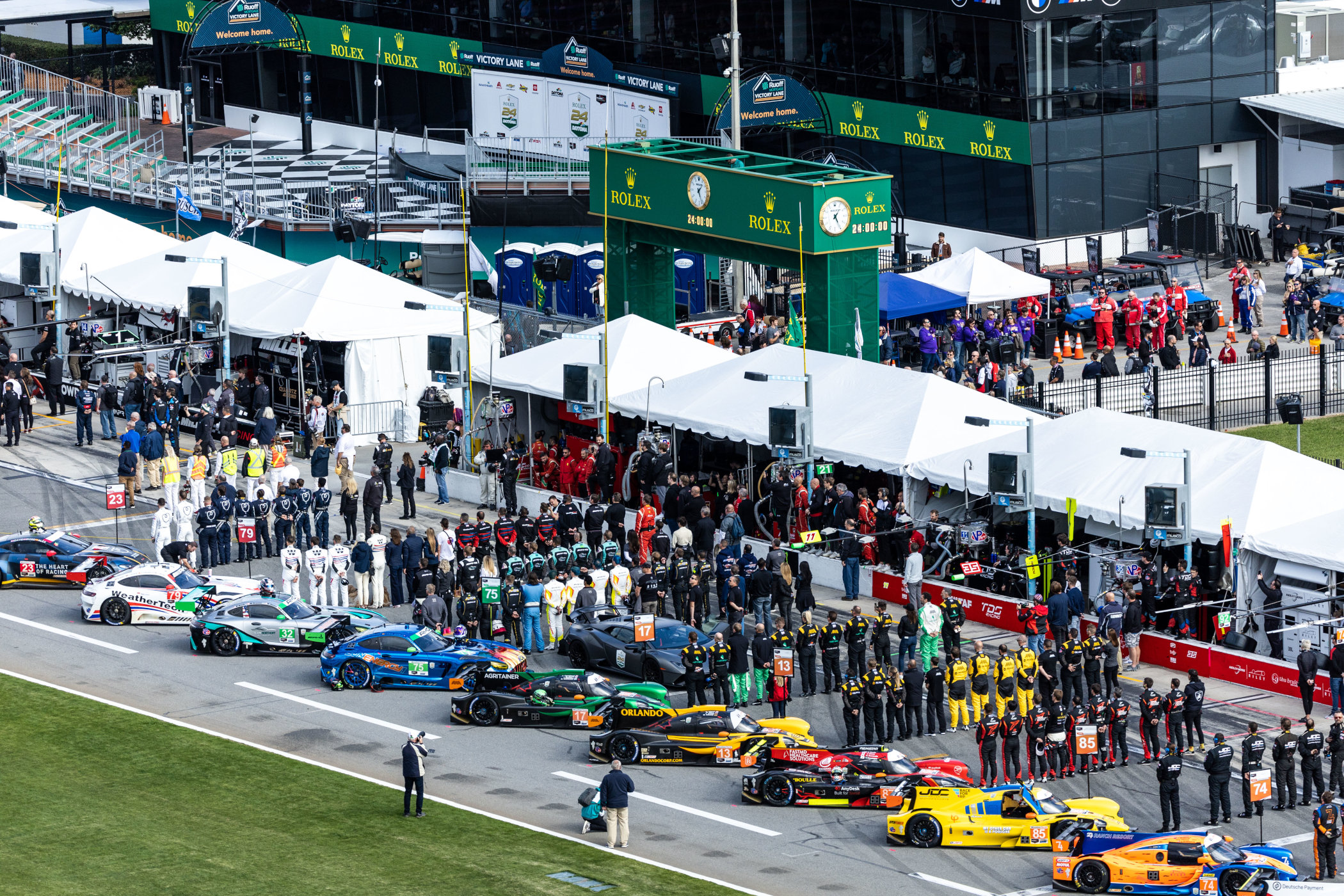
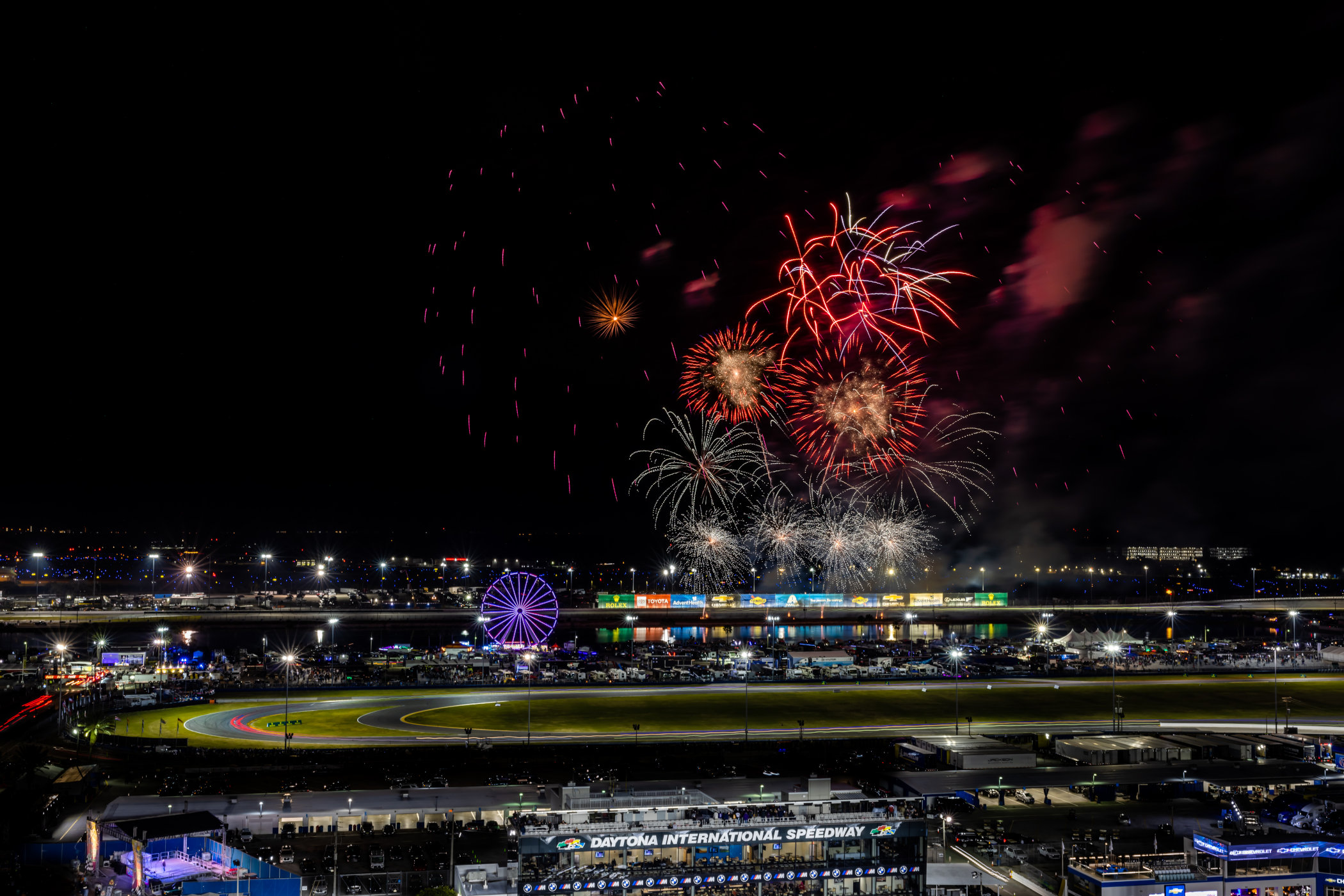
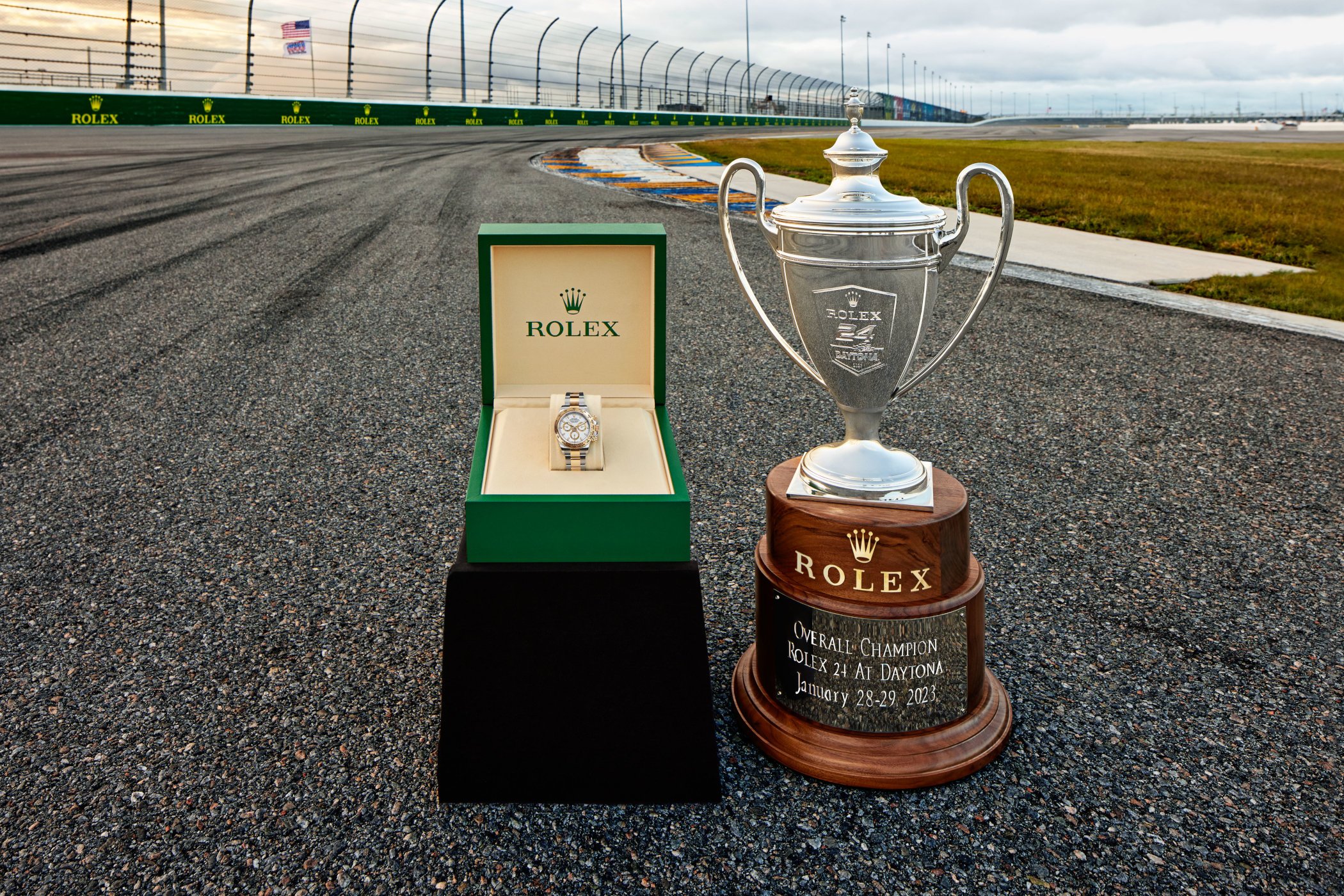



2 responses
“Behind that was a third Acura” nope Cadillac
You are correct, the article has been updated as such 😉